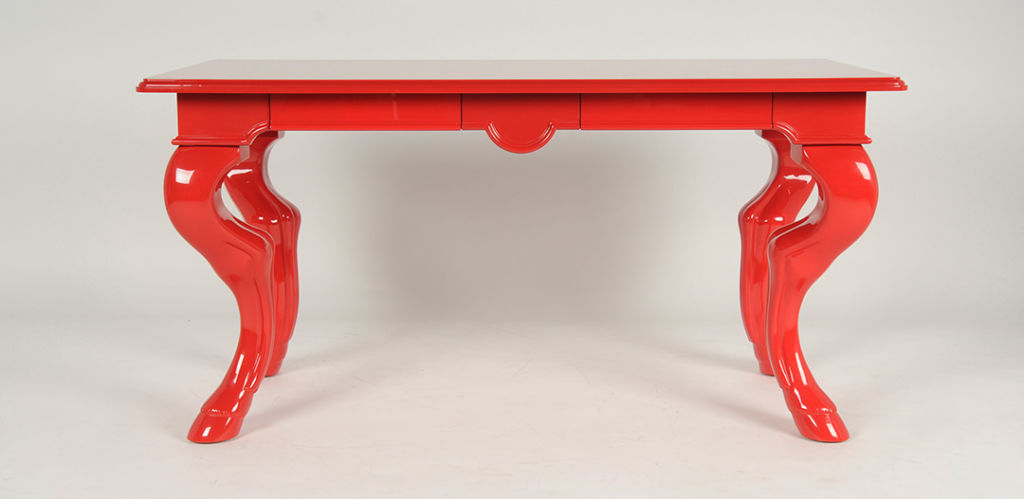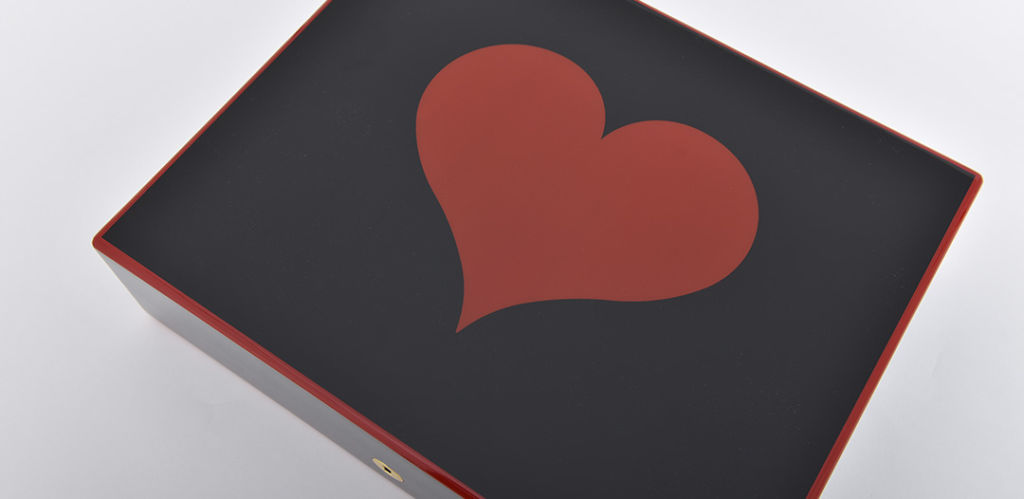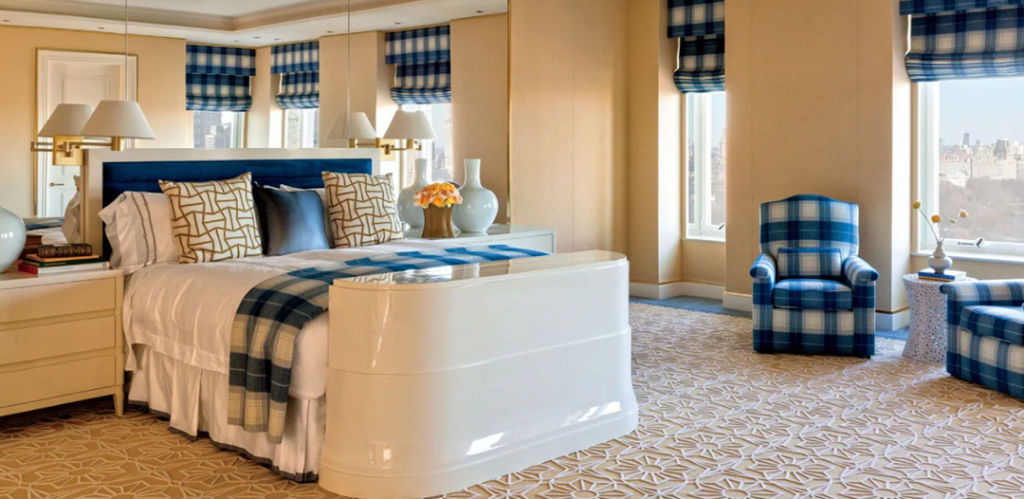In the market for a particular statement piece to add a dash of interest to a room? Chances are a bold piece of Chinese lacquerware may just do the trick. Classic and timeless in form and aesthetic, a red lacquer wedding cabinet, or a pair of black lacquer end tables can add just the right amount of panache to any room. And the simplicity of the design ensures these pieces pair seamlessly with many types of décor. Whether a beautifully restored antique or a modern take on an old design, Chinese lacquer furnishings adapt easily to a contemporary setting or a more traditional Western style.

Lacquerware has its origins in China, dating back more than 4000 years. Archeological digs have found pieces from as early as the Shang Dynasty (1600 BC-1046 BC). The immaculate preservation qualities of the finish have enabled the survival of pieces of great antiquity and have allowed insights into Chinese culture centuries before Christ or Western civilizations. The techniques were so important in early China that the government had administrative authority over its production as early as the Han Dynasty (206 BC-220 AD).
Produced from the sap of the Lac Tree (Rhus vernicefera), the resin is tapped from a slice in the bark of the tree, similar to how one taps a Sugar Maple Tree for making maple sugar. The sap is highly toxic and is a close relation to poison ivy. It turns an opaque white color once exposed to air. When dry, the resulting resin is the basis of the lacquer. This is then combined with alcohol-based substances to form a paint-like liquid.
The lacquer is painted onto surfaces such as wood, bamboo, metal, or even silk. Each coat forms a very fine layer and must be allowed to dry thoroughly before another coat is applied. Dozens of layers are applied for a finished product. Once this process is complete, the end product is nearly waterproof and impermeable, very hard, and yet remains quite lightweight.

The surfaces can stay matte or may be polished to varying degrees of sheen. Left in its natural state the lacquer dries clear, but the Chinese very early on learned with the addition of certain chemicals, various colors could be achieved. Adding carbon created a black finish, cinnabar created the iconic Chinese red, and ochre produced a golden yellow color. These are the predominant, traditional colors of lacquer ware.
Furniture was not the only product utilizing lacquer. Decorative objects such as cups, bowls, boxes, musical instruments, and screens were produced with lacquer. Due to its highly protective qualities, lacquerware items were sought after for burial sites, these items were placed with the body to be carried on to the next world and protect the dead. Even coffins have been discovered with lacquer finishes. Its highly labor-intensive production made lacquerware costly and therefore desired by the wealthy as early as the Han dynasty.
Today one may purchase a beautiful lacquerware antique that has been restored and “climatized” for less humid conditions. When left in very dry conditions, lacquer tends to crack and split and is difficult to repair. But it can be sanded down and re-lacquered with a clear finish. This leaves a beautiful patina, with the original wood glimpsing through the red finish, or soft white flecks on an ebony piece.

Modern science has created synthetic lacquers and a rainbow of non-traditional colors. I, myself, have a small console table with tiny drawers that boast traditional round Chinese hardware in a teal-turquoise shade that fits in beautifully with my farmhouse chic furnishings. The perfect, eclectic mix.
If you find you’re pressed for space and a piece of large furniture just won’t fit, you still have options. Accent pieces such as boxes, bowls, and vases are a great way to introduce a bit of lacquerware into your home. Often these pieces incorporate techniques such as carving through the layers of lacquer for a three-dimensional surface or the oft-used inlay of Mother-of-Pearl or gold filigree. Surely my favorites though are the newer rectangular boxes that sport colors such as lime green or bright fuchsia. Not traditionally Chinese, but they still add that pop of Oriental flavor. Adorn yours with a silk tassel and make it your own!

